Stefano Boeri on his plans for the Triennale Design Museum and transforming the institution into a ‘major cultural hub’
We talk to Triennale president Stefano Boeri on his plans for the Milanese institution, including the Triennale Design Museum and the development of a new cultural hub

As he celebrates his first year as president of the Triennale di Milano, the art and design institution in the Parco Sempione, Italian architect Stefano Boeri talks about his plans to turn it into a major cultural hub. Phase one, the Triennale Design Museum and a blockbuster exhibition.
Wallpaper*: Tell us about the new Triennale Design Museum.
Stefano Boeri: The Triennale already has a permanent collection of 1600 pieces of iconic Italian design, such as the Lettera 22 typewriter by Marcello Nizzoli for Olivetti, the Moka coffee pot by Renato Bialetti and Gio Ponti’s Superleggera chair. We are working with Joseph Grima, creative director of Design Academy Eindhoven, and a board consisting of nine of Italy’s leading design figures, to build the Triennale Design Museum collection further.

Gio Ponti’s ‘Superleggera’ chair is part of the Triennale Design Museum permanent collection
We are contacting contemporary manufacturers and makers to stockpile new pieces and collaborating with the Fondazione ADI which safeguards the 650 designs that have won the Compasso d'Oro award.’ (The prestigious prize for industrial design was founded in Italy in 1954). We will then create an exhibition programme that allows visitors to enjoy new forms of storytelling through these pieces.
W*: Where will the Triennale Design Museum be?
SB: As the collection expands, we will need more room, so we are looking at either developing an underground space within the Palazzo dell’Arte, (where the Triennale is housed) or creating a new site elsewhere. We will announce an international competition for its design based on our decision, along with a teaser of the new museum, in 2019.
W*: Triennale Design Museum aside, what will become of the other spaces within the institution?
SB: The whole site, which is to say, the 800-seat Teatro dell’Arte (dedicated to dance and performing arts), the restaurant, the additional exhibition areas and the gardens within Parco Sempione, will all be reinvigorated and well curated.
W*: What is your long-term ambition for the institution?
SB: The Triennale was designed as a cultural hub and it needs to go back to being one. In recent years, it has become too commercially oriented. Too many exhibitions have been hosted by paying sponsors; its spaces were increasingly rented out for commercial activity alone. That was a mistake. There is no other institution quite like the Triennale and we have to change direction. Sponsors will be welcome if they support our agenda, not their own. One day, I would like to be able to compare us to The Barbican in London or the Centre Pompidou in Paris.
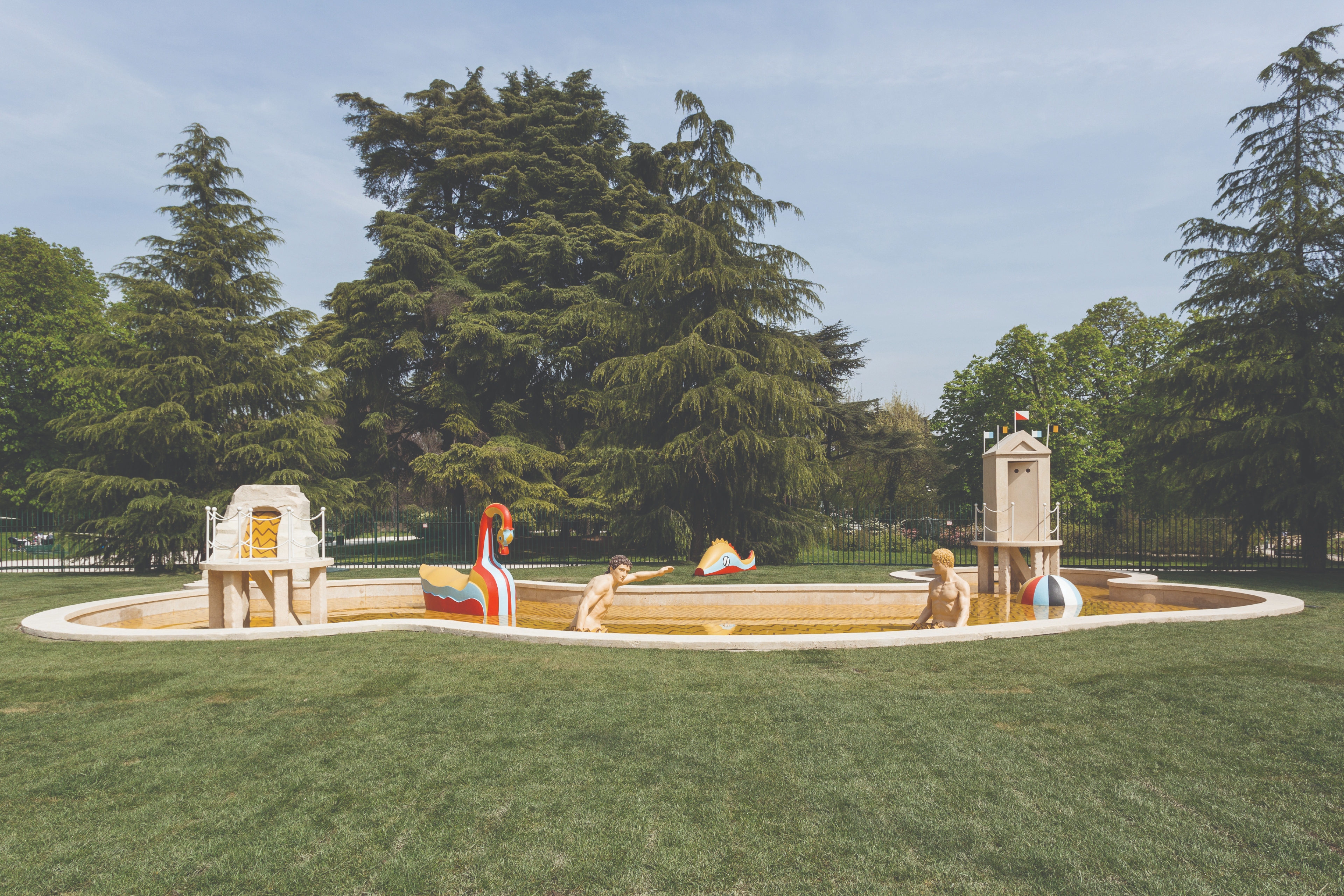
The Triennale in Milan is in Parco Sempione, where Giorgio De Chirico’s 1973 La Fontana dei Bagni Misteriosi is displayed
W*: Tell us about the exhibition programme
SB: We will have around six shows a year devoted to architecture, design, fashion, the visual arts, new media and photography and these will last for a few months. The first, ‘Broken Nature’, will underline the concept of restorative design, highlighting 27 projects that consider our fragile relationship with the environment. It will provide a clear outline of what our mission is as an internationally relevant cultural institution and is curated by Paola Antonelli, (senior curator of architecture and design at New York Museum of Modern Art).
In 2020, Hans Ulrich Obrist will curate a retrospective on Enzo Mari, one of the most intellectually provocative artists of the 20th century, and we are building ties with other ‘studio museums’ in Milan. In the same way that the studios of the late Achille Castiglioni and Vico Magistretti are open by appointment, we are looking to open the workspace of the late Milanese architects BBPR.
But we must look beyond nostalgia and the memory of the past and focus on young talents too. 2020 will see the first retrospective of the Danish architect Bjarke Ingels who opened his studio BIG in 2005. We hope this sequence of shows will be long-lasting, impactful and set the agenda for the Triennale of the future.
INFORMATION
ADDRESS
Triennale
Viale Emilio Alemagna, 6
20121 Milano
Wallpaper* Newsletter
Receive our daily digest of inspiration, escapism and design stories from around the world direct to your inbox.
Emma O'Kelly is a freelance journalist and author based in London. Her books include Sauna: The Power of Deep Heat and she is currently working on a UK guide to wild saunas, due to be published in 2025.
-
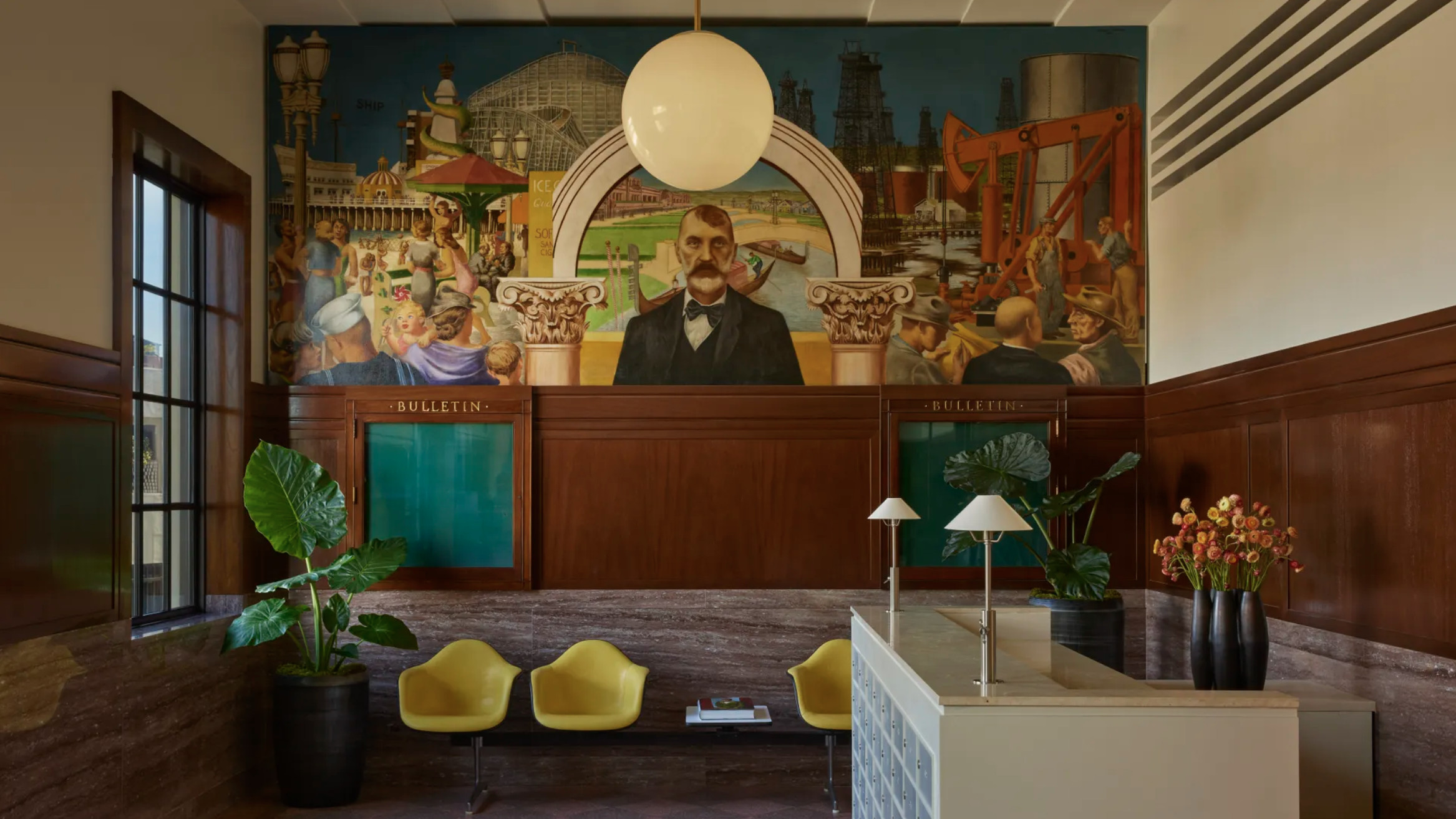 The Lighthouse draws on Bauhaus principles to create a new-era workspace campus
The Lighthouse draws on Bauhaus principles to create a new-era workspace campusThe Lighthouse, a Los Angeles office space by Warkentin Associates, brings together Bauhaus, brutalism and contemporary workspace design trends
By Ellie Stathaki
-
 Extreme Cashmere reimagines retail with its new Amsterdam store: ‘You want to take your shoes off and stay’
Extreme Cashmere reimagines retail with its new Amsterdam store: ‘You want to take your shoes off and stay’Wallpaper* takes a tour of Extreme Cashmere’s new Amsterdam store, a space which reflects the label’s famed hospitality and unconventional approach to knitwear
By Jack Moss
-
 Titanium watches are strong, light and enduring: here are some of the best
Titanium watches are strong, light and enduring: here are some of the bestBrands including Bremont, Christopher Ward and Grand Seiko are exploring the possibilities of titanium watches
By Chris Hall
-
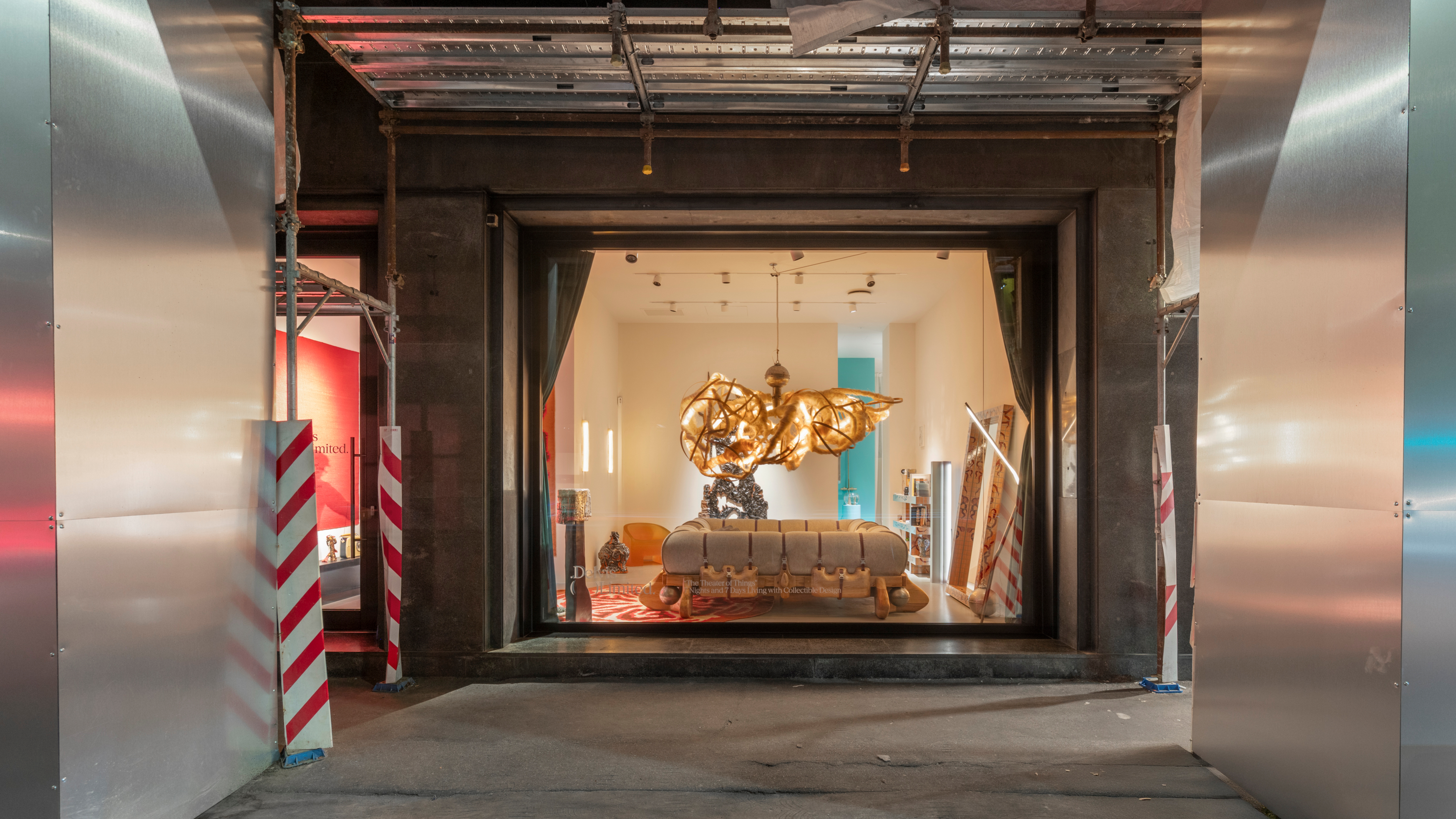 Delvis (Un)Limited turns a Brera shopfront into a live-in design installation
Delvis (Un)Limited turns a Brera shopfront into a live-in design installationWhat happens when collectible design becomes part of a live performance? The Theatre of Things, curated by Joseph Grima and Valentina Ciuffi, invited designers to live with their work – and let the public look in
By Ali Morris
-
 Naoto Fukasawa sparks children’s imaginations with play sculptures
Naoto Fukasawa sparks children’s imaginations with play sculpturesThe Japanese designer creates an intuitive series of bold play sculptures, designed to spark children’s desire to play without thinking
By Danielle Demetriou
-
 Inside the Shakti Design Residency, taking Indian craftsmanship to Alcova 2025
Inside the Shakti Design Residency, taking Indian craftsmanship to Alcova 2025The new initiative pairs emerging talents with some of India’s most prestigious ateliers, resulting in intricately crafted designs, as seen at Alcova 2025 in Milan
By Henrietta Thompson
-
 Faye Toogood comes up roses at Milan Design Week 2025
Faye Toogood comes up roses at Milan Design Week 2025Japanese ceramics specialist Noritake’s design collection blossoms with a bold floral series by Faye Toogood
By Danielle Demetriou
-
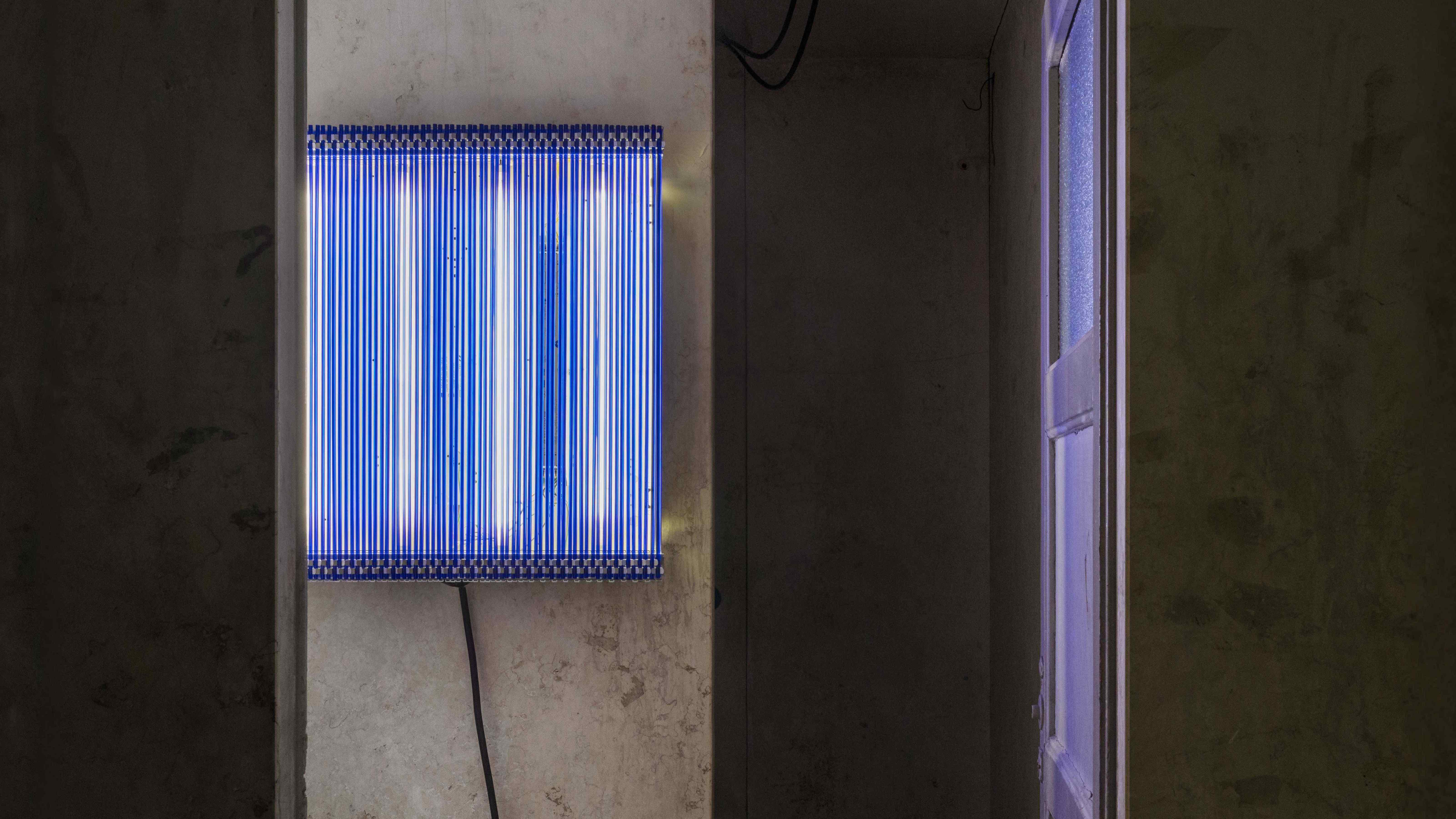 6:AM create a spellbinding Murano glass showcase in Milan’s abandoned public shower stalls
6:AM create a spellbinding Murano glass showcase in Milan’s abandoned public shower stallsWith its first solo exhibition, ‘Two-Fold Silence’, 6:AM unveils an enchanting Murano glass installation beneath Piscina Cozzi
By Ali Morris
-
 Dimoremilano and Loro Piana channel 1970s cinema in decadent Milan display
Dimoremilano and Loro Piana channel 1970s cinema in decadent Milan displayAt Milan Design Week 2025, Dimorestudio has directed and staged an immersive, film-inspired installation to present new furniture and decor for Loro Piana
By Dan Howarth
-
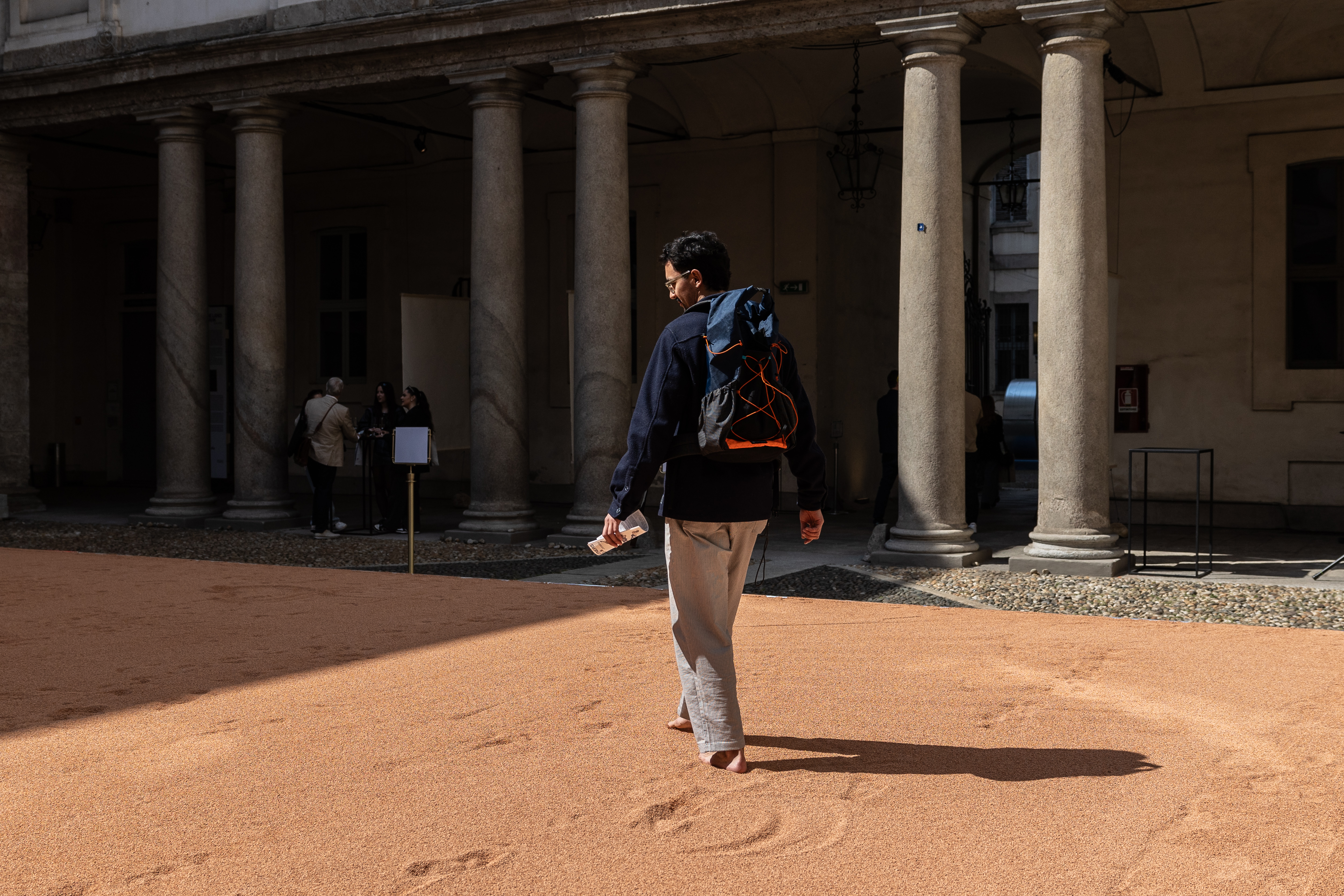 In Milan, MoscaPartners presents a poetic exploration of ‘migration’
In Milan, MoscaPartners presents a poetic exploration of ‘migration’Alongside immersive work by Byoung Cho, MoscaPartners’ Milan Design Week 2025 display features an accessible exhibition path designed for visually impaired visitors
By Cristina Kiran Piotti
-
 The making of PAN and Nike’s euphoric, club-inspired collaboration at Milan Design Week
The making of PAN and Nike’s euphoric, club-inspired collaboration at Milan Design WeekAlongside a new Air Max 180 release, ‘The Suspended Hour’ display sees Berlin record label PAN imagine the unfolding of a club night, from dusk until dawn
By Craig McLean